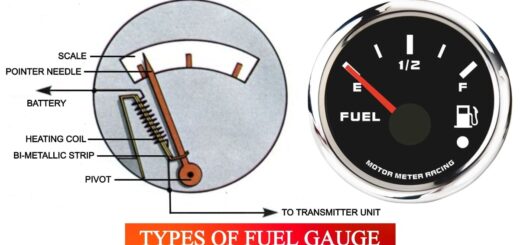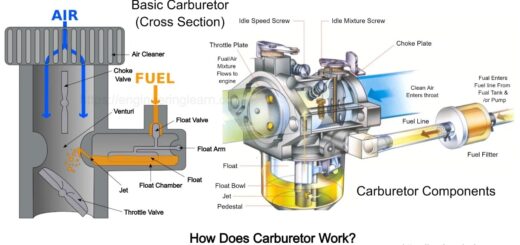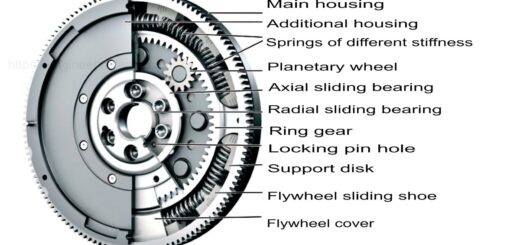10 Types of Tractors – Introduction, Uses, Function, Advantages & Disadvantages [with Pictures & Names]
![10 Types of Tractors - Introduction, Uses, Function, Advantages & Disadvantages [with Pictures & Names]](https://engineeringlearn.com/wp-content/uploads/2022/07/Tractors-1024x539.jpg)
What is Tractor?
Types of Tractors – Introduction, Uses, Function, Advantages & Disadvantages [with Pictures & Names]: – A tractor is a vehicle exceptionally manufactured to convey high force at a lower speed. It pulls a trailer or machinery utilized in agriculture, development, and industrial. The tractor is the combination of two words, “traction and motor.” A tractor is utilized to pull weighty loads for various cultivating tasks. There are numerous agricultural activities performed by farmers, and for each task, the important farming machinery and implements are developed. Essentially, as per the farmer’s requirements and demand, there are many types of tractors created.
Types of Tractors
Below are mentioned details about different types of tractors: –
1. Utility Tractors: ( Types of Tractors )

This kind of tractor are utilized for farming activities like plowing and pulling heavy implements. On the off chance that if farmers cannot afford to purchase additional machines to perform tasks, utility tractors are good. These tractors range from 45 Hp to 140 Hp and are multifunctional tractors are utilized for farming. Tractors accompany the low to medium type engines and pull the heavy implements.
These tractors effectively add other equipment like harvesters, turners, feed cutters, Threshers, and some more. These for the most part have fuel or diesel engines.
2. Row Crop Tractors: ( Types of Tractors )
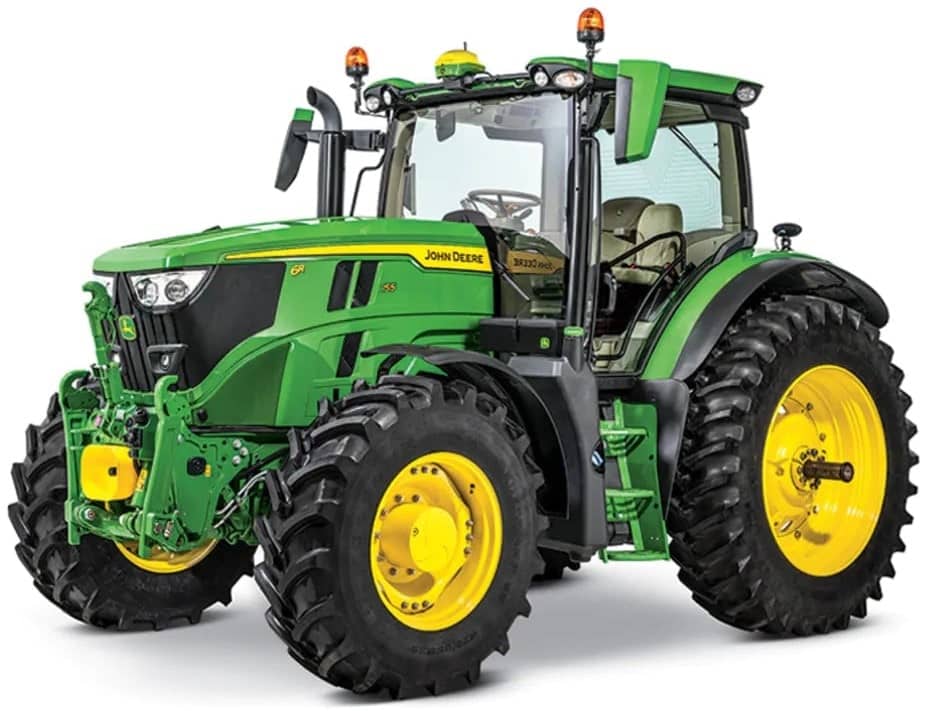
Row crop tractors are utilized in farms wherein farmers plant crops in succession. These tractors are all-around tractors that perform different farming tasks you want to do, including weed control, evening out, furrowing, frightening, and pulling seed drills. They comprise many advantages like easy to understand, adequate row spacing, happy with driving, more prominent ground freedom, simplicity of directing, easily appended and detached attachments, and so on.
3. Industrial Tractors: ( Types of Tractors )
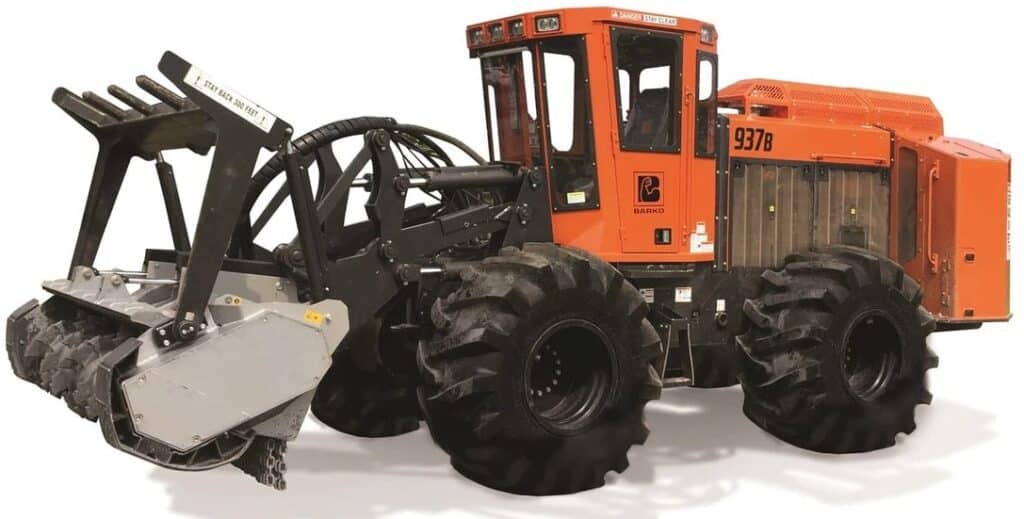
Industrial tractors, as the name proposes, are basically utilized in the industry more than agriculture. Formerly, these tractors were called tuggers. These tractors are generally used to pull heavy or weighty loads and fit the cranes to lift heavy burdens without any problem. These tractors are different from the agricultural tractor. They don’t have a three-point hitch as cultivating farm trucks.
4. Compact Tractors: ( Types of Tractors )
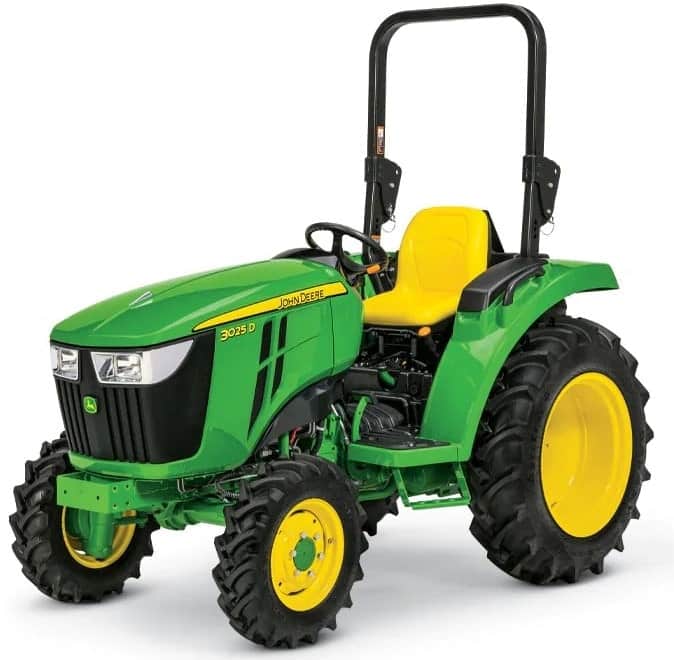
Compact Tractors are utilized in grape plantations, fruit yards, and nut yards. They are constructed such that the user can sit comfortably and choose the hanging fruits or trim the trees simultaneously. The benefit of comfort tractors is they can be adjusted in every space of the yard. Compact Tractors arrive in a more modest size, and it consumes less fuel which saves much cash.
5. Garden Tractors: ( Types of Tractors )
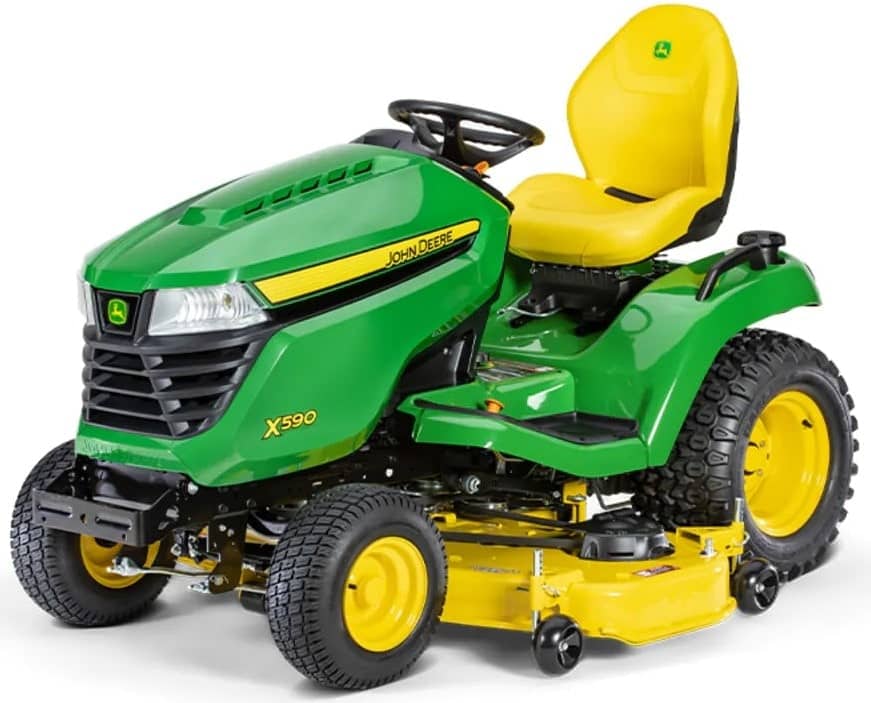
Garden tractors come in the engine power range of 1 hp to 20 hp, and they have a small construction size. These tractors are primarily utilized for cutting the grass and making the bloom beds in your garden. The wheel of the garden tractor seems to be a bike however a lot thicker. Up to this point, in excess of 100 different types of garden tractors have been made.
6. Implement Carrier Tractors: ( Types of Tractors )
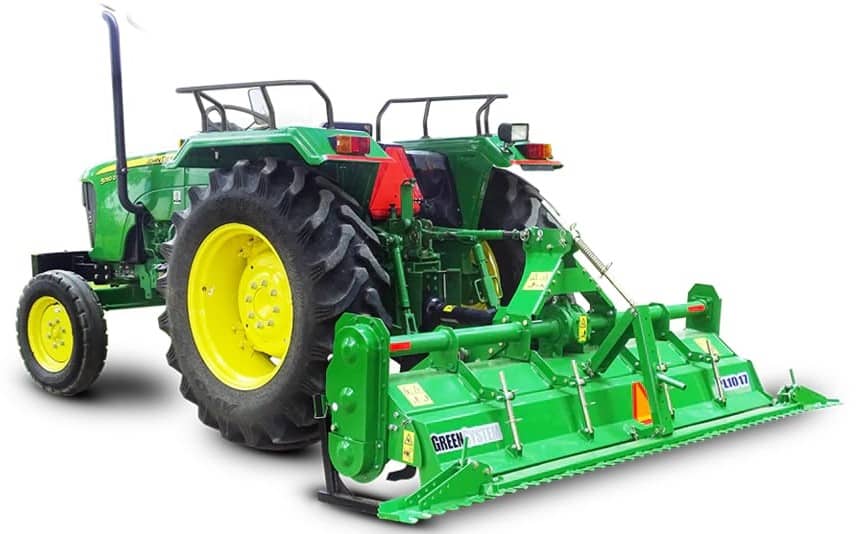
Implement carrier Tractors used to carry and mount various sorts of implements. Therefore, the chassis frame between the front and rear tyres were extended. Mounted carries out incorporate sprayers, drills, loaders, rotating sweepers, seed drills, and many more. They come in various sizes and designs.
7. Autonomous Tractors: ( Types of Tractors )
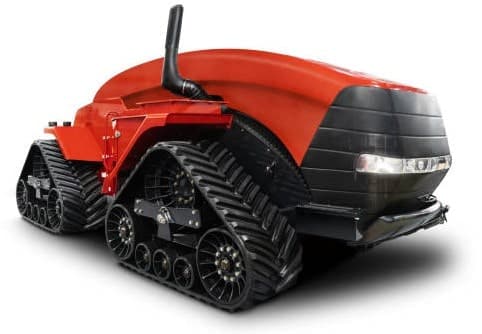
Autonomous Tractors are additionally called driverless or electric tractors that are controlled or operated by artificial intelligence. These tractors could turn into the wave representing things to come for agriculture or industry. They utilize a mix of PCs, GPS, drone advancement, and satellite. Autonomous Tractors stay away from the need for human tractor operators. A solitary operator controls a limitless number of tractors from a solitary location. Some industry specialists give ideas that a more reasonable estimate would be around a dozen.
8. Military Tractors: ( Types of Tractors )
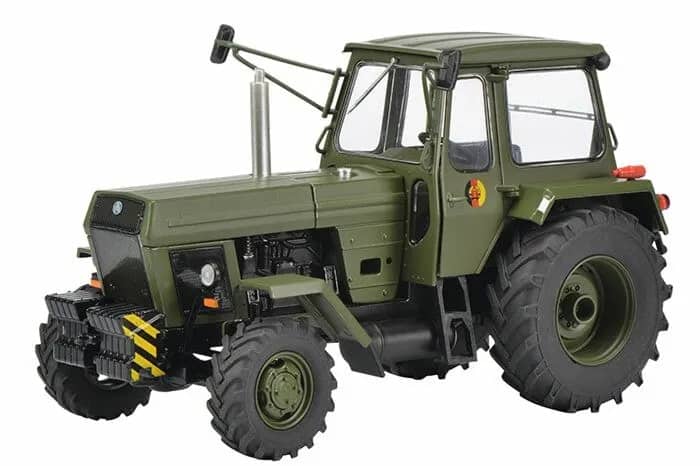
The militaries utilize military tractors for construction and demolition, temporary road building, and other high projects in high-risk regions. They are known as artillery tractors for moving weapons and heavy military implements. They are made to travel shifting and difficult types of landscape. The design of Military tractors is equivalent to regular civilian industrial tractors. They manufactured with the supported tractor frames and undercarriages to endure landmines and other dangerous devices. These tractors are now and again designed with land and/or water capable or semi-land and/or water capable capacities. They travel on tracks, wheels, and semi-tracks.
9. Two-Wheel Tractors: ( Types of Tractors )
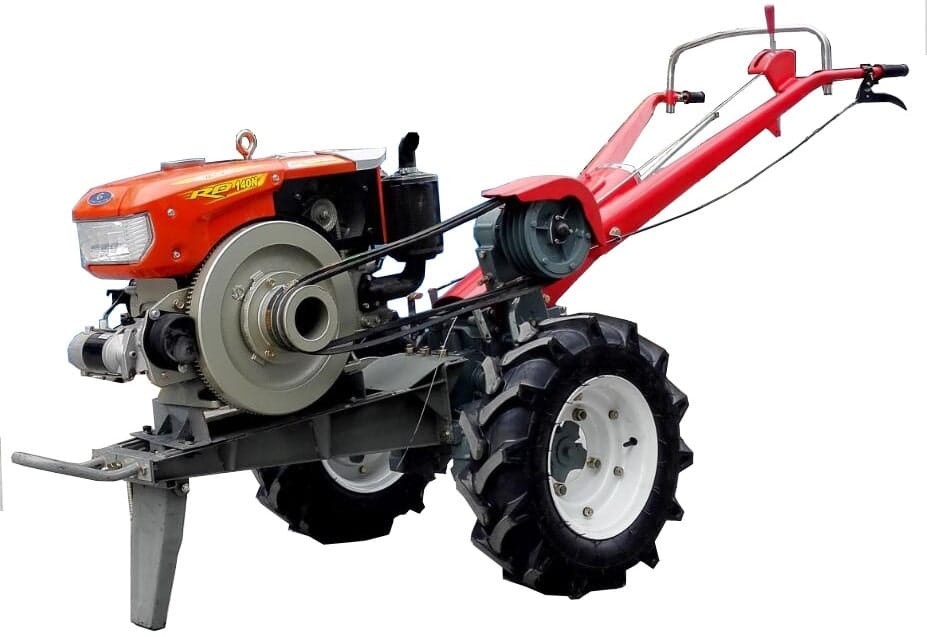
Two-wheel tractors are the lighter weight and smaller tractors utilized for plowing, furrowing, and pulling smaller executes like reapers, cultivating gear, and trailers. They called walking, single-pivot, or walk-behind tractors. These are utilized in small farms and gardens. The small gasoline engines usually power these tractors, and operators walk behind while utilizing it.
10. Earth Moving Tractors: ( Types of Tractors )
Earth moving Tractors are utilized in construction, quarries, and dam works. These tractors are very heavy and strong, they come in two tires and track types. Earth moving tractors are lifelines in these places. These tractors were used to relocate and move things like dust, mud, amble, rocks, garbage, and so forth. There are three kinds of earth-moving tractors, and these incorporate the following: –
a) Bulldozer

Bulldozer – These machines are known as well crawlers; they contain large plates at the front. These plates push rocks, soil, and they can be used to clear out a property situated in a wide range of territory.
b) Excavators
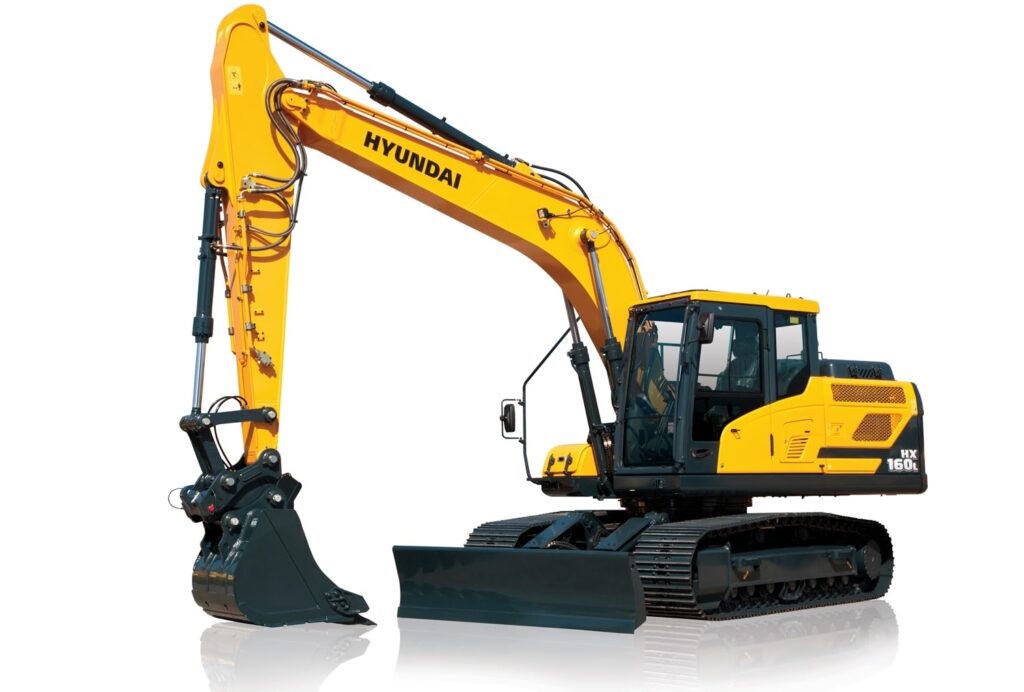
Excavator – These machines for the most part utilized for digging and obliterating, they can lift heavy pieces of implements and shovel dirt. They comprise of a long bucket arm connected to the cab that pivots and their seats elevated, so that drivers can get a view of everything they need to see.
c) Backhoe Loaders
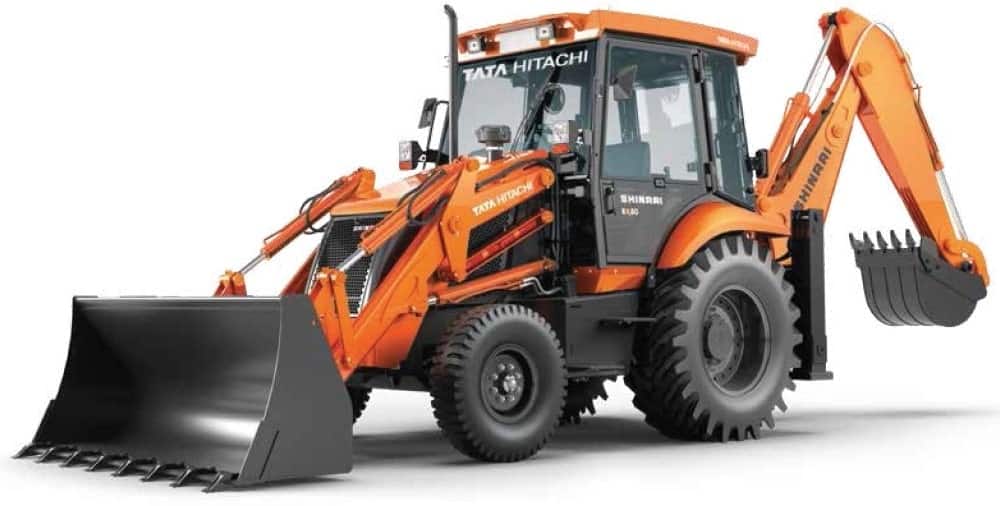
Backhoe Loaders – They are utilized for different construction assignments, from digging holes to breaking the black-top. These machines comprise of the bucket for digging and shovels in the front that can change in accordance with your necessities.
Advantages and Disadvantages of Tractors
The tractor machine that is used for the agricultural purposes has its benefits and disadvantages. This can be adjusted to your requirements and productivity in working on agricultural land.
A) Advantages of Tractors
1. Work Done Faster
On rice fields and Plantations, assuming you plow the land manually it would cost more money and consume additional time. By utilizing a tractor, you can plow your land quicker and really as opposed to utilizing manual tools like hoes. This is the primary reason farmers decide to develop their land utilizing tractors.
2. Better Soil Results
One more benefit of utilizing a tractor is better soil yields. This is on the grounds that utilizing a tractor with a machine, the soil that is loosened is more profound, so when the soil yield is better, the plants planted on it can likewise give better yields. In the meantime, in the event that you utilize a digger, the soil releasing process might bring about uneven outcomes, depending upon the strength of the hoe.
3. Easy to Use
The tractor is one of the plowing apparatuses that are not difficult to utilize. By utilizing a tractor, you simply have to turn on the engine, from that point onward, just run the tractor and afterward direct it likewise to the soil you need to release.
4. High-Quality Harvest
The fourth benefit of the tractor is that it gives better quality harvests. In accordance with the advantages of the tractor which gives better soil yields. So, the crop yields are likewise firmly connected with the quality of the soil when it is first cultivated. The more loose the soil, the better the yields will be harvested later.
5. Reducing Production Costs
Another benefit of the tractor is that it can help in decreasing production costs. This is on the grounds that by utilizing a tractor, works are getting faster to complete. In the event that the work is done rapidly, you can reduce your day-to-day expenses more, compared to utilizing the manual method.
B) Disadvantages of Tractors
1. Cause Pollution
The detriment of the tractor engine is that this equipment caused air pollution. Air pollution implies the presence of at least one chemical, organic and physical substances in the atmosphere where it can endanger all residing things on the earth.
2. Using Chemicals
The second hindrance of farm tractors is that they use chemicals, chemicals are unadulterated substances as an issue that contain consistent compound creation and characteristic properties.
3. Using Fuel
Tractors work with machines, so they need fuel, Hence, the expenses incurred are for upkeep, but in addition to fuel. Without fuel, the tractor can’t run for use. Fuel is a material that can be converted into energy, since fuel contains heat energy that can be released and manipulated. There are different types of fuel that tractors use, like kerosene, diesel, gas, and LP gas.
Conclusion
The expansion in population and rise in hunger proportion among individuals in various parts of this world has to lead to the requirement for proficient Farming machines. The bulk crop can’t be produced except if we have effective machines, and the tractor is one such innovation that speeds up the farm production. These various types of tractors will provide you with a superior thought of various machines that are being utilized around the world.
Image Source: – deere
